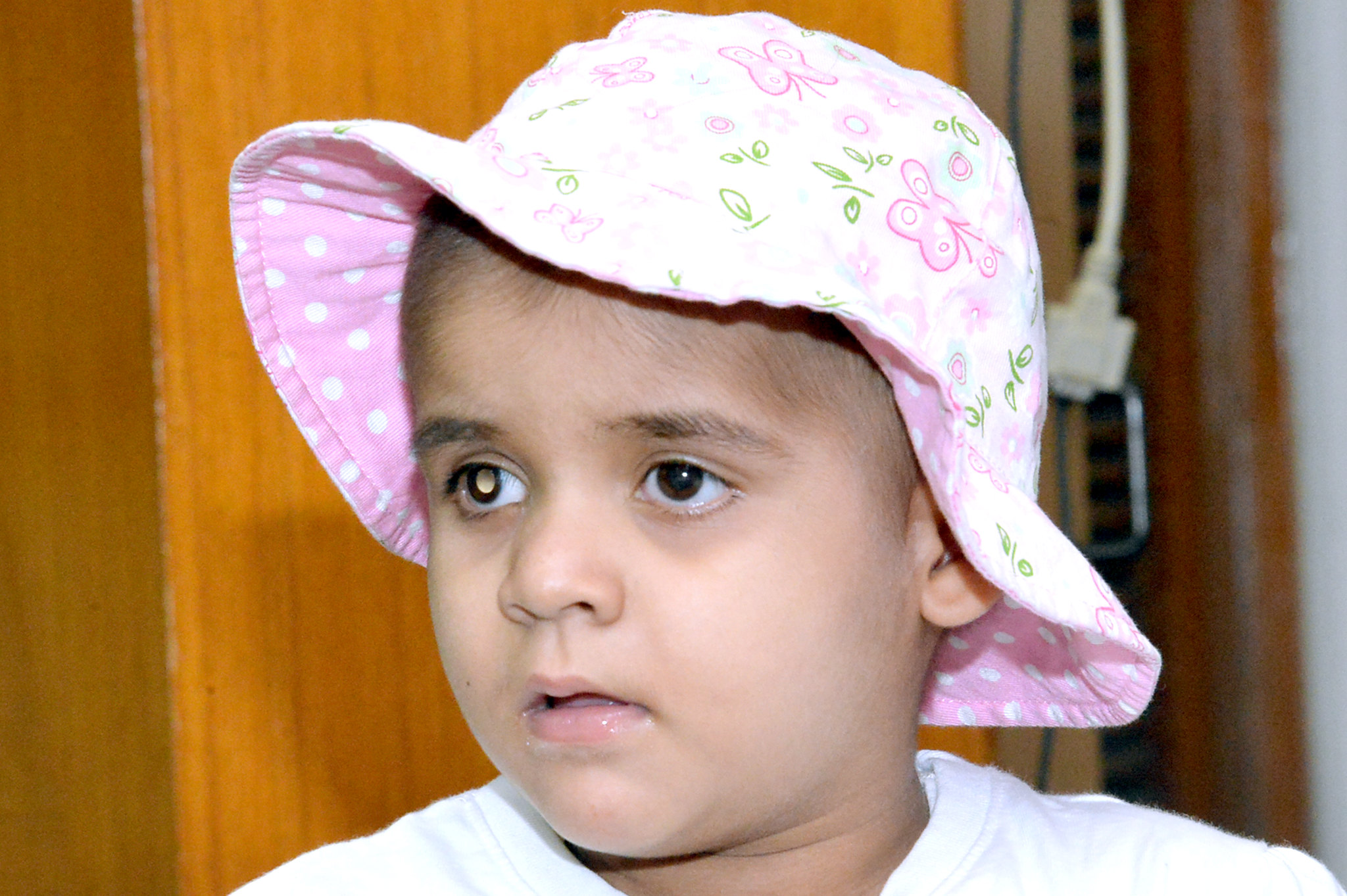© SBN Chary
On World Sight Day people worldwide come together to encourage the awareness of good eye health. It’s an important time to reflect on how collective power can contribute to improvements in health care for all.
In an era where it is easier than ever to connect with each other virtually, it’s essential to harness this interconnectivity to provide the most benefit to people living with diseases. A recent example of this is ICEH’s Retinoblastoma Network (Rb-NET), a group of clinicians and researchers that have come together to improve outcomes in the most common eye cancer in children.
The Rb-NET
Retinoblastoma (Rb) is a devastating eye cancer that affects children worldwide, with early diagnosis and treatment being critical to prevent death or the loss of an eye. Despite most of the research about the disease coming from high-income countries, 80% of cases come from ones with a lower income.
The Rb-NET has come some way to addressing this problem. The network was formed in 2017 from the VISION 2020 LINKS Programme, an initiative run by ICEH that encourages partnerships between eye departments in Africa or Asia and those in the UK and US. Several African eye units had expressed a need to improve services and outcomes for children with retinoblastoma in their areas.
The network came together to focus on improving the delivery of Rb services, sharing knowledge and skills for its treatment, and collaborating on multicentre research. This focus on research has allowed the development of the Global Retinoblastoma Study Group, which has now expanded to include 278 centres in 153 countries, a scale that is unprecedented in medical research.
Global data, powerful results
Studies including data from this group include half of all children with Rb worldwide, and have produced several key findings:
- Children in low-income countries with the disease are 17 times more likely to die from it compared to those in high-income countries within 3 years of diagnosis
- Nearly 50% of children in low- and middle-income countries present to doctors with a tumour that has spread outside of the front of the eye, compared to less than 2% in high-income countries
- There is no association between theorised causes of Rb including smoking, breastfeeding, maternal age and birth order
- The time between seeing first symptoms at home and visiting the doctor increases by distance from home to treatment, amount of visits needed, age at diagnosis and lower national income level
Together, findings such as these highlight the stark disparities in this potentially fatal condition. It is only with this data that these inequalities can be addressed and solutions developed. Having access to such a significant amount of cases globally is essential for robust research, and this wouldn’t be possible without the continued collaboration of a huge number of centres worldwide.
“Bringing together so many clinicians and experts has needed a lot of careful management, but virtual networking and a dedicated website have made meeting and discussing retinoblastoma easier,” says Nick Astbury, Associate Professor at ICEH. “We now have over 450 members from 40 countries in the network, which allowed us to contact even more centres for the Study Group and develop this research. Working together like this has so many benefits for improving outcomes in this disease.”
This World Sight Day we champion the power of global networks to improve the sight and lives of all.

